Africa is the most culturally diverse continent in the world with more languages and cultures than any other continent on the planet. Despite the tremendous amount of diversity in Africa, however, the continent and the people connected to it are oftentimes represented as culturally homogeneous. This lesson will touch on the ways Africa, as a concept, is constructed through a process called place-making that shapes the way people think about Africa and the people connected to it.
Lesson Objectives:
- recognize how ‘Africa’ and ‘African’ has been constructed in history
- describe the difference between ‘space’ and ‘place’
- describe how place-making affects people who inhabit places
- select an African country as a specialization in this course
In many ways, the manner in which Africa has been represented, or constructed, is a reflection of the recent history of relations between Africa and the rest of the world. As we move through this course, we will explore the many ways that colonialism has contributed to pejorative (negative) and frequently racist representations of Africa and African people. It is therefore necessary to take-apart, or deconstruct, those representations in order to improve our understanding of Africa, African histories and African cultures.
Constructing Africa through ‘Space’ and ‘Place’
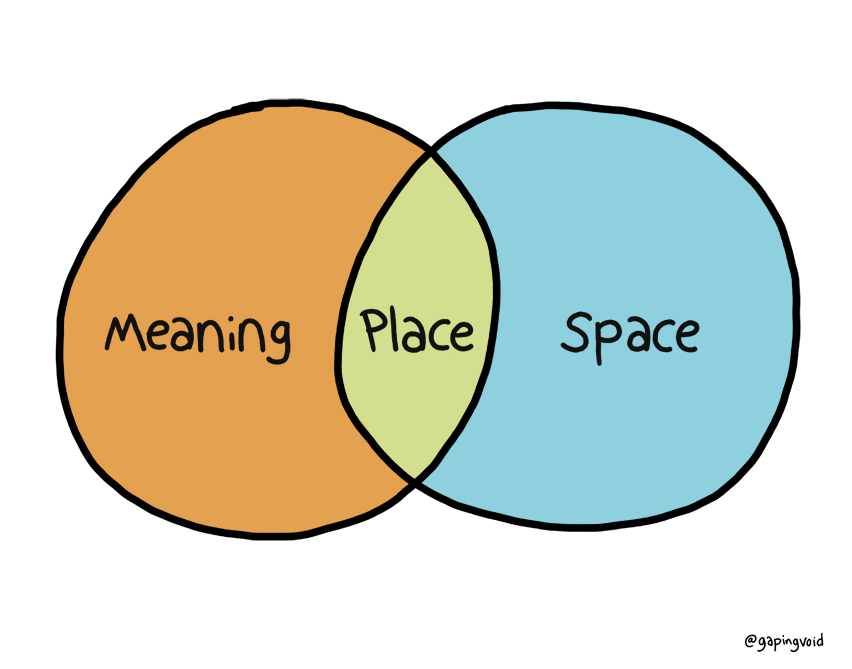
We can begin by first acknowledging the differences between ‘space’ and ‘place’. According to Setha Low & Denise Lawrence-Zuniga (2003), space consists of built forms (such as buildings, roads, and monuments) and landscapes (such as lakes, prairies, and mountains). Space is arbitrary, it exists on its own. Yet, space becomes place when humans attach meanings to space, and those meanings shape the way people treat the space and behave in that space.
For example, the space where a landmass reaches the ocean is called the coast, and there are specific meanings associated with a coast that affect how people treat the space and the way people behave in the space. If a section of the coast is called a ‘beach’ then most people would associate the space with recreation and a particular set of activities and clothing. Imagine we built a structure on the beach and called it a ‘classroom’ or ‘laboratory’. Although it is the same ‘space’ we would associate a different set of ideas, behaviors, and activities in relation to the space called ‘laboratory’ than we would with the space called ‘beach.’ At the same time, we might perceive the people associated with the laboratory quite differently than we would the people associated with the beach. This is because the meanings ascribed, or given, to space in order to make it place are oftentimes transferred to the people who inhabit the place.
The theory behind space and place, known as place-making, is a key part of deconstructing Africa because it is important to identify the ways that the space we call Africa has been made into a place through a process of assigning meanings to the landscape and the built environment. Those meanings affect the way people perceive Africa; they shape the activities that take place in Africa; and they inform the way that people connected with Africa have been represented.
Many contemporary ideas about Africa and African people are rooted in a legacy of European colonialism which produced and disseminated a multitude of negative representations that associated particular meanings to the continent and cultures. However, the meanings produced by European occupiers are quite different from the meanings produced by people who are indigenous, or connected, to Africa. The following video details the relationship between place-making, Africa, and people who live on the African continent.
In the second module, Histories, we will take a closer look at the way that European film, art, literature, photography, news reports, and even science aimed to represent Africa and African people in a way that served the economic and political interests of European and American elites. For now, it is essential to familiarize yourself with the physical and cultural composition of the African continent by exploring the different cartographies (maps) and social geographies of Africa in the next two lessons. It is also important that you make a special effort to familiarize yourself with the unique environmental and cultural composition of the country you selected as your ‘area of expertise’ because this is a key part of your first assignment.
For fun, try to guess the location of the images below.
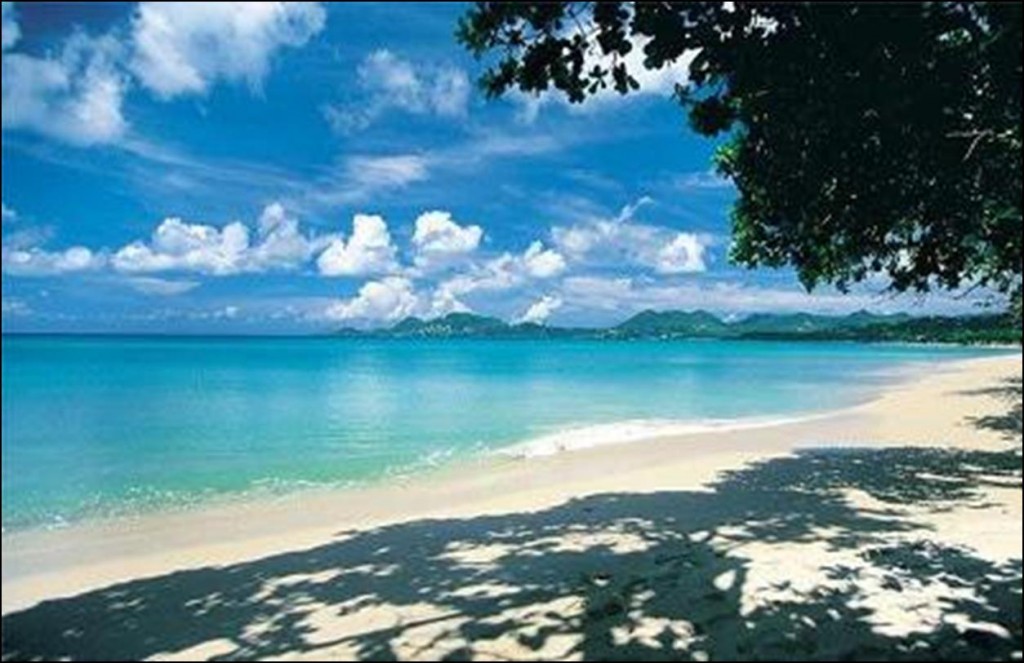
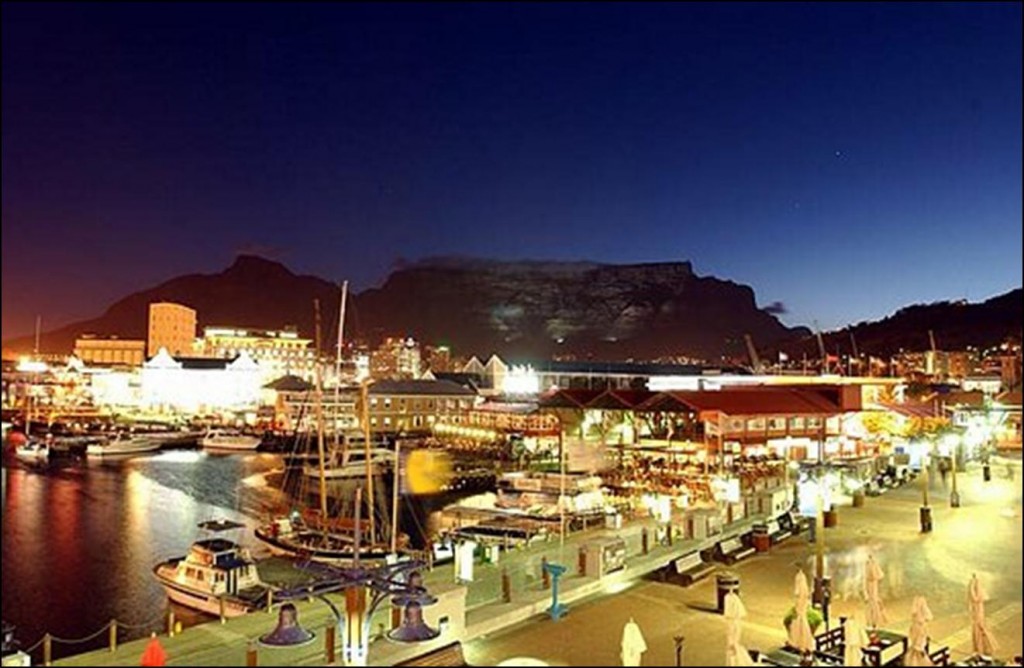




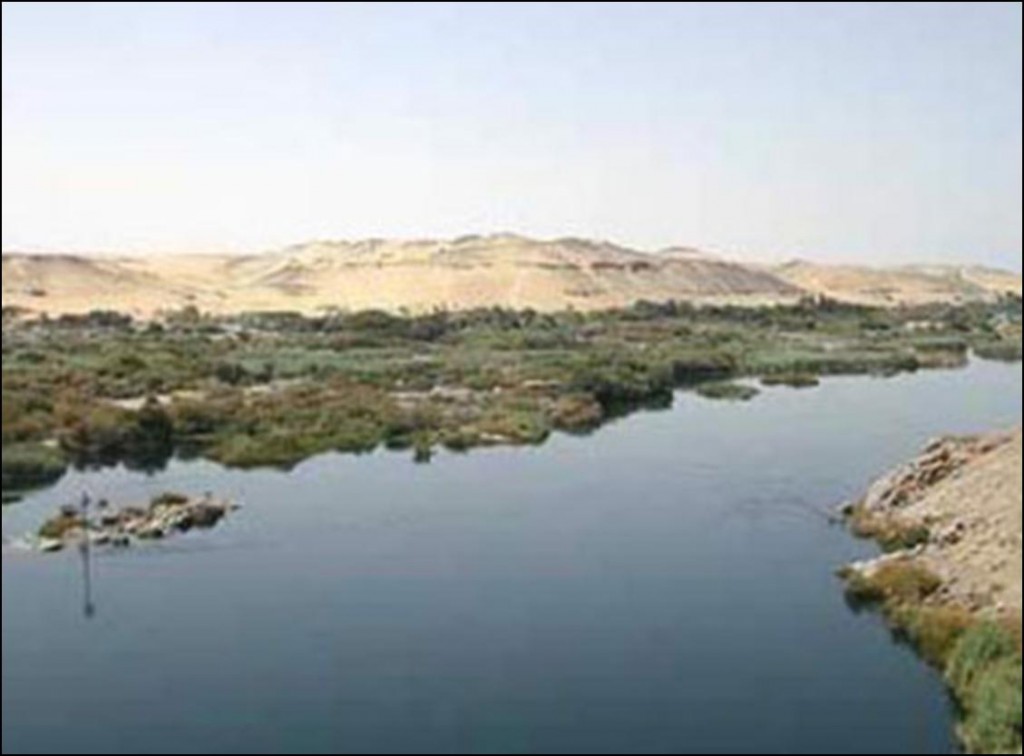
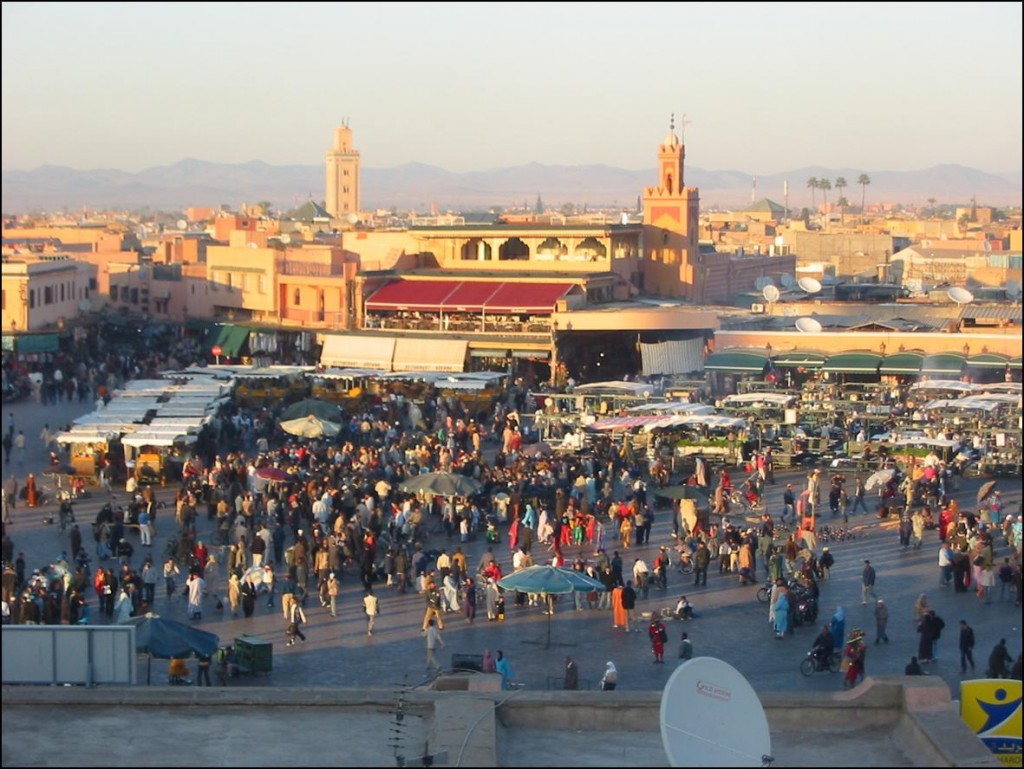
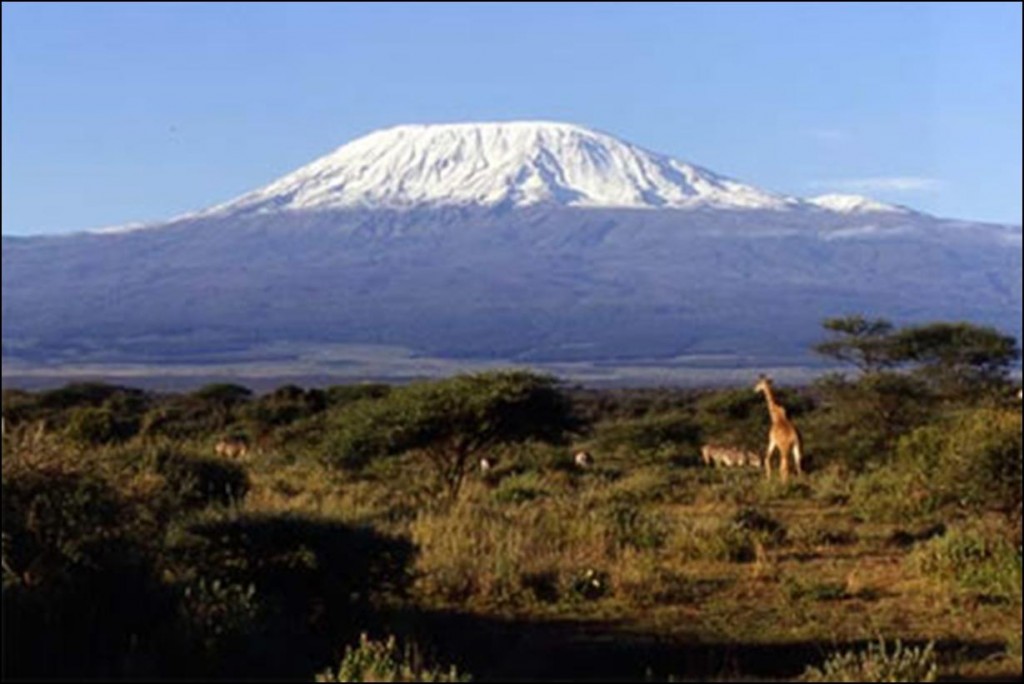
Answers:
A Marrakech, Morocco; B Mount Kilimanjaro, Tanzania; C coastal Senegal; D Johannessburg, South Africa; E Nairobi, Kenya; F Casablanca, Morocco; G Sahara, Mali; H Nile, Egypt; I coastal Madagascar
Reconstructing Africa through the Humanities
As you can easily see from the images above, Africa is extremely rich in diversity, both ecologically as well as culturally. As you move through this course, you will not only be able to investigate diversity within your selected country, you will be able to learn about the wide range of different environments, cultures, languages and histories of the African countries selected by your classmates. By the end of this class, you will have a much deeper and sophisticated understanding of the unique experiences and situations that make Africa a very complex and fascinating continent.
Questions to Consider
- What does it mean to ‘construct,’ ‘deconstruct’ and ‘reconstruct’ Africa? And why is it important to do it?
- In what ways has ‘Africa’ been constructed through history?
- What is the difference between ‘space’ and ‘place’?
- How has place-making of Africa by non-Africans affected people in and connected to the African continent?
References and Resources
- Space vs Place in Human Geography
- Tuan YF. (1979) Space and Place: Humanistic Perspective. In: Gale S., Olsson G. (eds) Philosophy in Geography. Theory and Decision Library (An International Series in the Philosophy and Methodology of the Social and Behavioral Sciences), vol 20. Springer, Dordrecht
- African Ethnicity Map. Harvard University.
For Discussion in Canvas
Explore the African continent on Google Earth, and choose a country to be your specialty throughout the semester. Log into Canvas, and in the discussion introduce yourself to your classmates. Name the African country that you selected. Explain why you selected this particular country. Note that each student must select a different country. Countries are first come, first serve – meaning that the first person to post the country as their selection gets to keep it. Therefore it is a good idea to have a few back up countries in case your first choice has been selected already.
